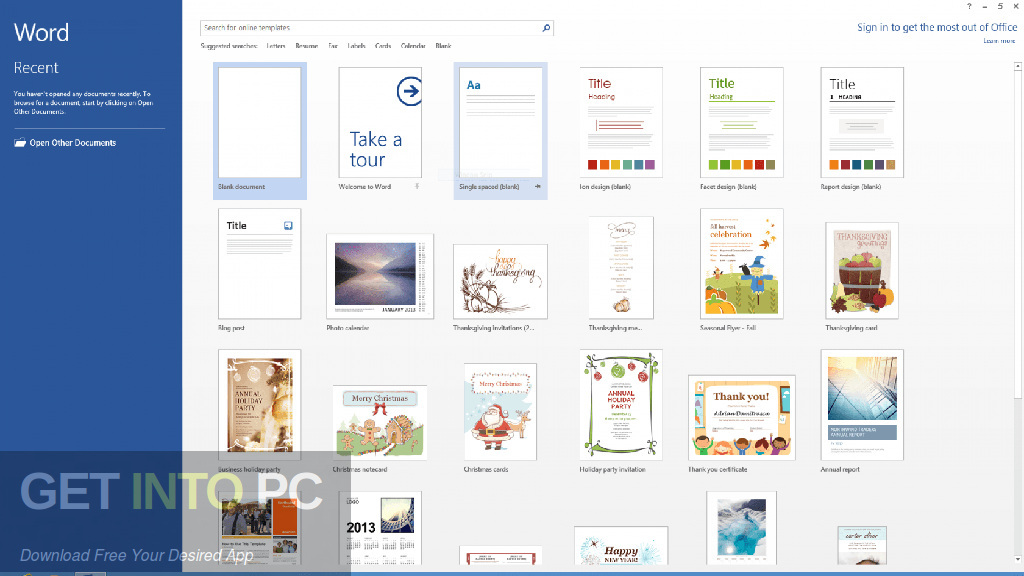Doctors & patients are saying about 'Beat Your A-Fib'...
This video explains the entire home sleep testing process, from start to finish, with ApneaLink Air from ResMed. It demonstrates exactly how to set up the Ap. Regarding the ApneaLink Plus software - the software is something close to 656 megabytes in size, but you can't use it without the equipment that it works with. It's not just a matter of having the software - you'd need the hardware also (see picture below).

'If I had [your book] 10 years ago, it would have saved me 8 years of hell.'
Roy Salmon, Patient, A-Fib Free,
Adelaide, Australia
'This book is incredibly complete and easy-to-understand for anybody. I certainly recommend it for patients who want to know more about atrial fibrillation than what they will learn from doctors....'

Apnealink Plus Software Download Windows 7
Pierre Jaïs, M.D. Professor of Cardiology, Haut-Lévêque Hospital, Bordeaux, France
'Dear Steve, I saw a patient this morning with your book [in hand] and highlights throughout. She loves it and finds it very useful to help her in dealing with atrial fibrillation.'
Dr. Wilber Su,
Cavanaugh Heart Center, Phoenix, AZ
'...masterful. You managed to combine an encyclopedic compilation of information with the simplicity of presentation that enhances the delivery of the information to the reader. This is not an easy thing to do, but you have been very, very successful at it.'
Ira David Levin, heart patient,
Rome, Italy
'Within the pages of Beat Your A-Fib, Dr. Steve Ryan, PhD, provides a comprehensive guide for persons seeking to find a cure for their Atrial Fibrillation.'
Walter Kerwin, MD, Cedars-Sinai Medical Center, Los Angeles, CA
Apnealink Air
Obstructive sleep apnea (OSA) is a major health problem due to its prevalence rates of 2–4% in middle-aged people [1] and significant morbidity [2, 3] and mortality [4] reported in patients with this condition. Continuous positive airway pressure (CPAP) is an effective treatment commonly prescribed for symptomatic patients with obstructive sleep apnea. It is costeffective [5] and reduces daytime sleepiness [6], rates of motor vehicle accidents [7], and blood pressure [8]. The American Thoracic Society [9] and the American Academy of Sleep Medicine [10] recommend supervised polysomnography (PSG) in the sleep laboratory over two nights for the diagnosis of obstructive sleep apnea and initiation of CPAP. This approach to a highly prevalent condition results in inevitable discrepancies between the demand for services and the current capacity of sleep laboratories [11]. Because the treatment of sleep apnea provides many benefits to patients and society, it is imperative to develop strategies that are less complex than the traditional approach based on PSG to expedite the diagnosis and treatment of patients with OSA.

'If I had [your book] 10 years ago, it would have saved me 8 years of hell.'
Roy Salmon, Patient, A-Fib Free,
Adelaide, Australia
'This book is incredibly complete and easy-to-understand for anybody. I certainly recommend it for patients who want to know more about atrial fibrillation than what they will learn from doctors....'
Apnealink Plus Software Download Windows 7
Pierre Jaïs, M.D. Professor of Cardiology, Haut-Lévêque Hospital, Bordeaux, France
'Dear Steve, I saw a patient this morning with your book [in hand] and highlights throughout. She loves it and finds it very useful to help her in dealing with atrial fibrillation.'
Dr. Wilber Su,
Cavanaugh Heart Center, Phoenix, AZ
'...masterful. You managed to combine an encyclopedic compilation of information with the simplicity of presentation that enhances the delivery of the information to the reader. This is not an easy thing to do, but you have been very, very successful at it.'
Ira David Levin, heart patient,
Rome, Italy
'Within the pages of Beat Your A-Fib, Dr. Steve Ryan, PhD, provides a comprehensive guide for persons seeking to find a cure for their Atrial Fibrillation.'
Walter Kerwin, MD, Cedars-Sinai Medical Center, Los Angeles, CA
Apnealink Air
Obstructive sleep apnea (OSA) is a major health problem due to its prevalence rates of 2–4% in middle-aged people [1] and significant morbidity [2, 3] and mortality [4] reported in patients with this condition. Continuous positive airway pressure (CPAP) is an effective treatment commonly prescribed for symptomatic patients with obstructive sleep apnea. It is costeffective [5] and reduces daytime sleepiness [6], rates of motor vehicle accidents [7], and blood pressure [8]. The American Thoracic Society [9] and the American Academy of Sleep Medicine [10] recommend supervised polysomnography (PSG) in the sleep laboratory over two nights for the diagnosis of obstructive sleep apnea and initiation of CPAP. This approach to a highly prevalent condition results in inevitable discrepancies between the demand for services and the current capacity of sleep laboratories [11]. Because the treatment of sleep apnea provides many benefits to patients and society, it is imperative to develop strategies that are less complex than the traditional approach based on PSG to expedite the diagnosis and treatment of patients with OSA.
Resmed Apnealink Parts
The ApneaLink is a two-channel screening tool for sleep apnea. The device consists of a nasal cannula attached to a small case that houses a pressure transducer and a pulse oximeter. It is held in place by a belt worn around the user's chest. It has good potential as a simple screening device, particularly because it allows the manual review and scoring of the raw data. There are several reports which have evaluated the performance of the automatic analysis of nasal pressure from the ApneaLink device against polysomnography to diagnosis sleep apnea [12–15]. Furthermore, we have recently demonstrated that the manual analysis of data using an AHI (ApneaLink) and an RDI (PSG) ≥5 as criteria for OSA has showed a sensitivity and specificity nearly 90% [16]. Thus, the objective of this study was to evaluate the accuracy and reliability of the medical decision based on the results of the hand scoring from a two-channel recording device (ApneaLink) plus clinical data (excessive daytime sleepiness, cardiovascular comorbidities, and type 2 diabetes) for the prescription of CPAP in patients with suspected OSA.

